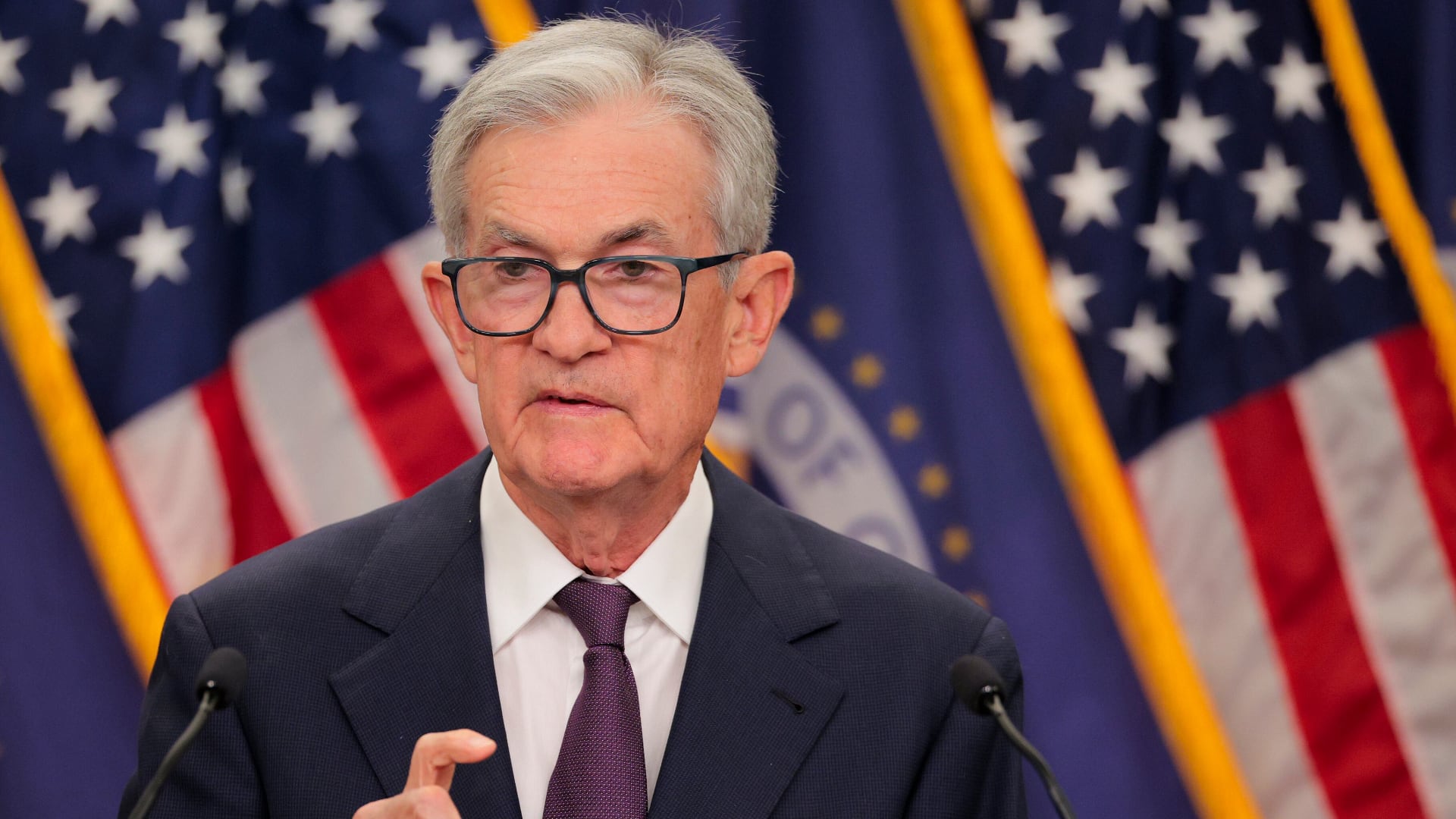Stocks climbed in early trading on Wall Street Tuesday as markets around the world piled on even more gains following their huge rally a day earlier.
The S&P 500 was up about 1.5% in morning trading, after paring bigger gains from earlier. It added on to Monday’s 7% surge, following encouraging signs that the coronavirus pandemic may be close to leveling off in some of the hardest-hit areas of the world.
Even though economists say a steep recession is inevitable, if not already here, the stock market is looking ahead to when economies will reopen from their medically induced coma. A peak in the number of new infections would finally give some clarity about how long the upcoming recession may last and how deep it will be after authorities shut businesses down worldwide in hopes of slowing the spread of the virus. In the meantime, governments around the world are approving or discussing trillions of dollars more of aid for the global economy.
Many professional investors say they’re wary of the recent upsurge and expect more volatility ahead. But if Tuesday’s rally holds, it would be one of the few times the market has mustered a back-to-back gain since the coronavirus outbreak caused it to start selling off in mid-February.
The S&P 500 jumped as much as 3.5% immediately after trading opened but quickly gave up much of those gains. It was up 1.6%, as of 10:17 a.m. Eastern time. If the gains hold, the index will have surged 21% since hitting a recent low on March 23. Some investors call any rise of 20% or better a new “bull market,” while others say the gains need to hold for six months to confirm it.
The Dow Jones Industrial Average rose 510 points, or 2.3%, to 23,190, and the Nasdaq was up 1.2%.
In China, the first country to lock down wide swaths of its economy to slow the spread of the virus, authorities reported no new deaths over the past 24 hours. Many experts, though, are skeptical of China’s virus figures.
Investors also see signals that the number of daily infections and deaths may be close to peaking or plateauing in Spain, Italy and New York.
Experts say more deaths are on the way due to COVID-19, which has already claimed at least 76,000 lives around the world. The U.S. leads the world in confirmed cases with more than 368,000, according to a tally by Johns Hopkins University.
More economic misery is also on the horizon. Economists expect a report on Thursday to show that 5 million Americans applied for unemployment benefits last week as layoffs sweep the country. That would bring the total to nearly 15 million over the past three weeks. Analysts also expect big companies in upcoming weeks to report their worst quarter of profit declines in more than a decade.
But investors have already been preparing for a sharp, sudden recession. That’s why they sent the S&P 500 down as much as 34% since its mid-February peak. It's still down about 20% since then.
Massive aid from the Federal Reserve has helped smooth out snarled trading that had beset lending markets earlier in the sell-off. Companies are coming back to the bond market to borrow, even some with “junk” credit ratings, and investors are actually lending them money again.
Japan’s government on Tuesday formally announced a 108 trillion yen ($1 trillion) package for the world’s third-largest economy. In the U.S., the world’s largest economy, House Speaker Nancy Pelosi is telling her colleagues that another $1 trillion is needed for the next coronavirus rescue package. Last month, Congress approved a $2.2 trillion package.
In Europe, Germany's DAX jumped 3%, and France's CAC 40 rose 2.4%. The FTSE 100 in London added 2.6%.
In Asia, Japan's Nikkei 225 rose 2%, South Korea's Kospi gained 1.8% and the Hang Seng in Hong Kong was up 2.1%.
In a signal that investors are feeling less pessimistic about the economy and inflation, they pushed the yield of the 10-year Treasury up to 0.75% from 0.67% late Monday.













